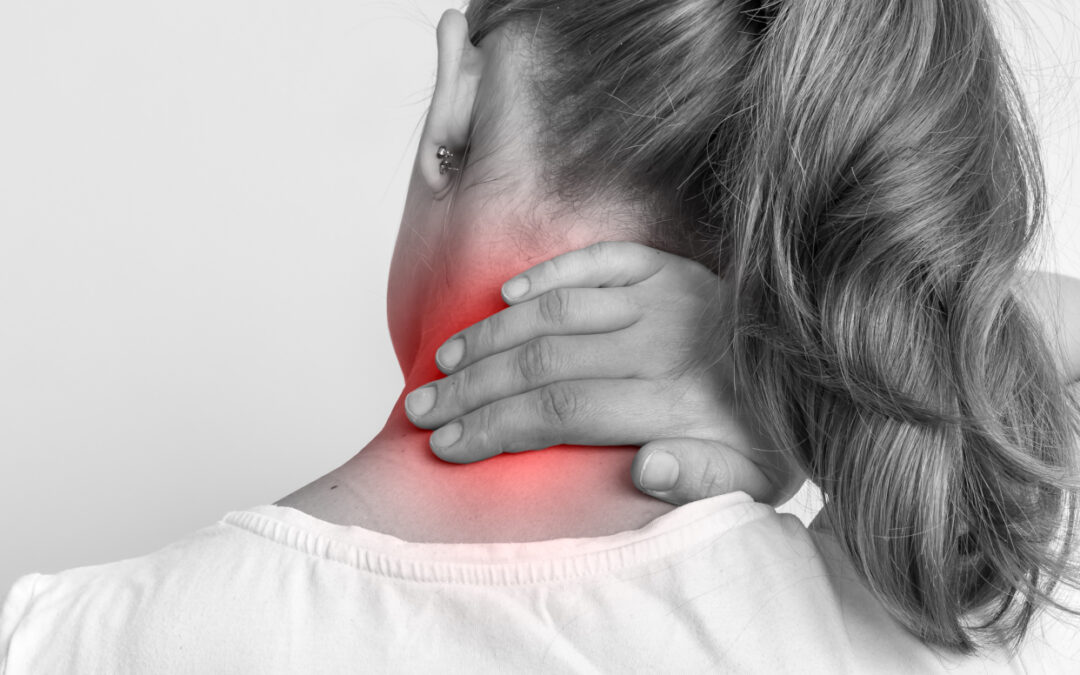I have had a recent influx of clients who heavily supinate on one or both of their feet.
Supination is a tri-planar movement of the ankle which occurs during gait and consists of plantar flexion, adduction and inversion of the ankle joint. It is a natural part of the gait cycle, and the foot moves between pronation and supination to allow us to walk and run. However ‘over’ supination can cause problems, especially for runners and walkers. You will usually have quite high arches and place a lot of pressure on the outside edge of the foot in both standing and walking/running.
The pronation element of gait, which sees the foot roll inwards slightly during ‘foot flat’ phase allows forces to be absorbed by the ankle which is important for shock absorption. If you are an over supinator you will lack flexibility and spring within the medial arch of the foot, meaning this pronation movement cannot take place as effectively.
This can affect the lower limb in a multitude of ways as these forces are transferred straight up the leg rather than being absorbed by the foot and ankle, and potentially create an external rotation on the limb. This can increase the chance of shin splints, stress fractures and ankle sprains and the likely hood of soft tissue injuries such as calf strain, achilles problems and plantar fasciitis.
You may also lack dorsiflexion in the ankle, which is the ability to bring the top of the foot towards the shin, or more importantly, functionally this means you may lack range of movement in the ankle, increasing the chance of compensation patterns to occur elsewhere through the lower limb and hips.
You can sometimes tell whether you are an over supinator by the wear on your shoes. An uneven pattern of wear, on the outer edge of your trainer suggests that you load this area more heavily when standing and moving.
There are some great soft tissue and physical therapy techniques that can help improve this, focusing on addressing the tight structures contributing to the problem which will include the calf complex , tibialis anterior and the deep compartment muscles of tibialis posterior, flexor hallucis longus and flexor digitorum longus, which all work to plantar flex the foot and invert it, or bring it to towards the midline. Gentle mobilisation techniques can also be very beneficial in improving movement.
Whilst not as common as over pronation, which can be corrected with insoles, soft tissue work or/and orthotics, there is still lots that can be done to help correct ‘over’ supination and improve movement.




